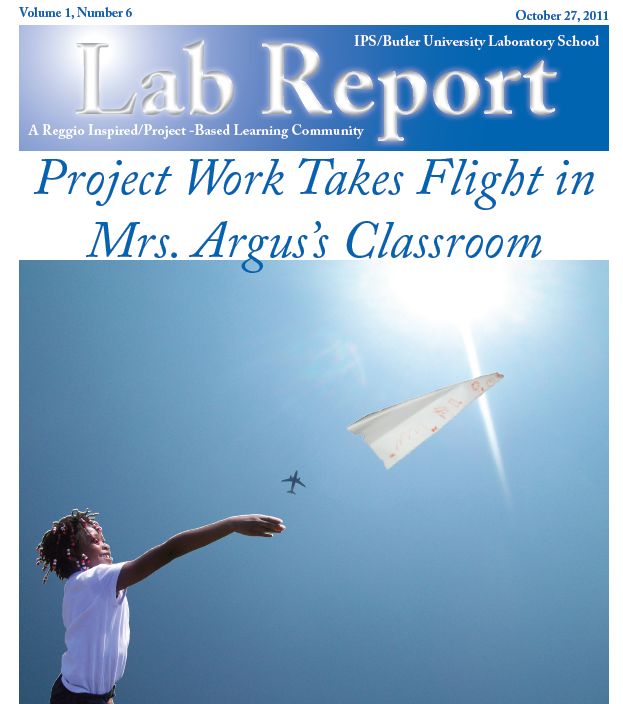Oct 24 2012
Kind and Specific
One of our school’s goals and one of my own personal goals for the school year is to have our student create truly beautiful work that they take great pride and care in creating. Beautiful work isn’t just limited to art work. It includes our math problem solving, our stories and books, and any other products we create during our time here at the Lab School.
One belief we have is that, in order to create your best work, you need to do multiple drafts and go through a revision process until you are sure that what you have created is the best it can be.
In order to facilitate those sorts of revision processes, I have been teaching lessons in critique during story workshop this week. We have been talking about sharing our work with our peers so that they can give us helpful feedback and we can improve our books and stories.
Two words that we have been talking about are “specific” and “kind.” Anytime we give a compliment or a suggestion, it needs to be specific and kind. So instead of saying, I like your pictures, a child might say, “I like the drawing of your pumpkin on your cover because you included accurate details like the stem and some lines.” And instead of saying, your words don’t look good, a child could say, “I’m having a hard time reading your words. You might consider putting bigger spaces in between your words so that they don’t all smush together and your readers can read them better.”
Today, during story workshop, we practiced critiquing each others work by doing a “gallery walk.” During morning choice time, I had students do an observational drawing of a sea shell. Then, during story workshop, I hung these drawings up around the rooms. Students had the opportunity to silently walk around the room, looking at the different drawings and taking notes on the things they liked and the things that could be improved. Then, we selected two of the drawings for a class critique. Students made comments like, “I like the way you drew spikes because the real shell had spikes on it too,” or “I think you could add lines to your drawing because the real shell had curly lines on it.”
It is my hope that this practice will lead to helpful, honest critique of our work through out the year and classroom culture full of pride and care in our beautiful creations!
No responses yet
Leave a Reply
You must be logged in to post a comment.
